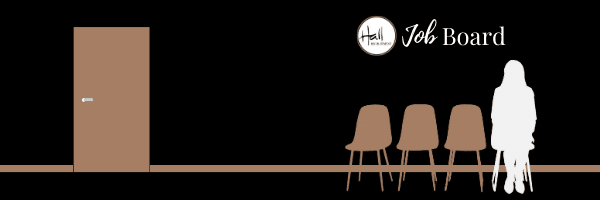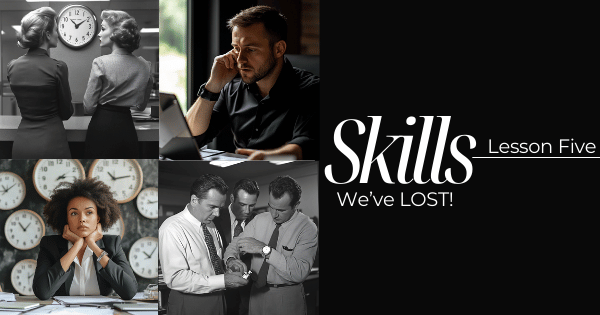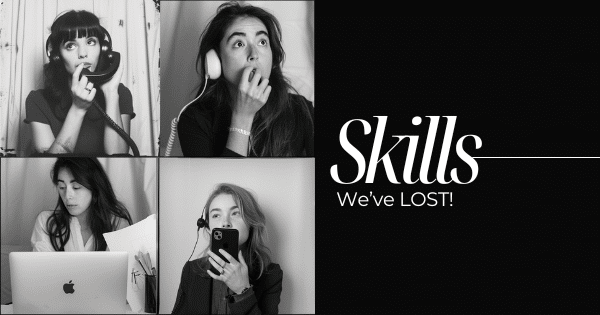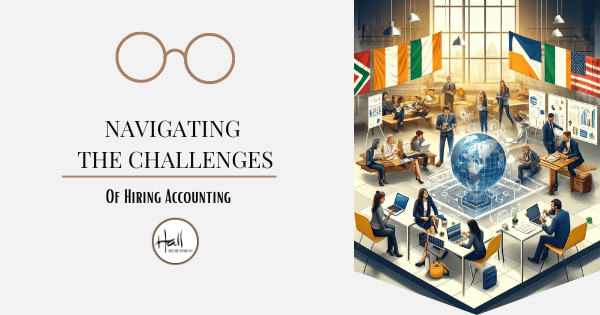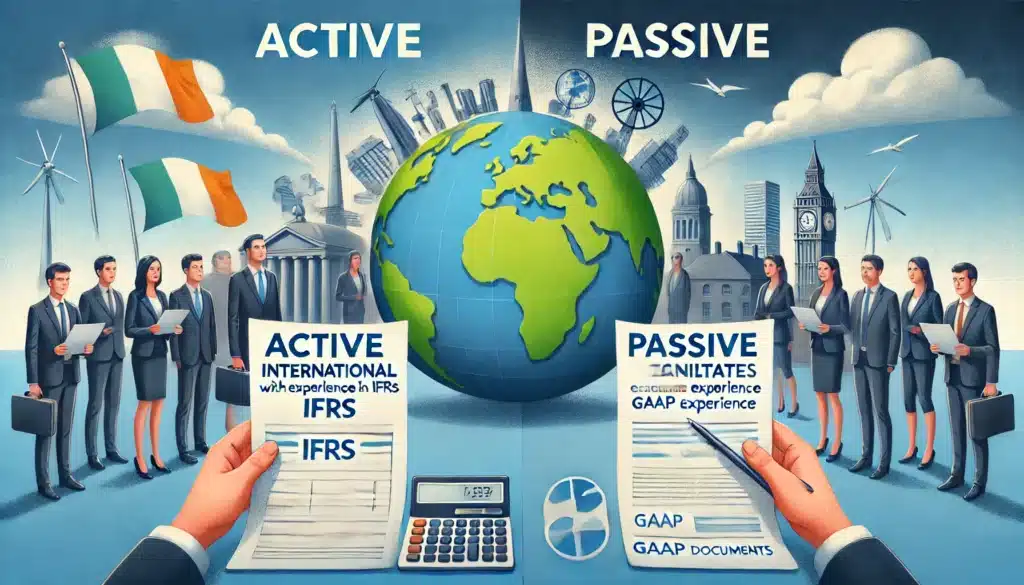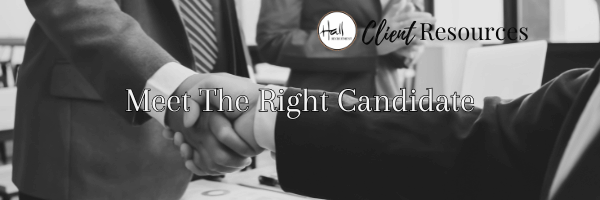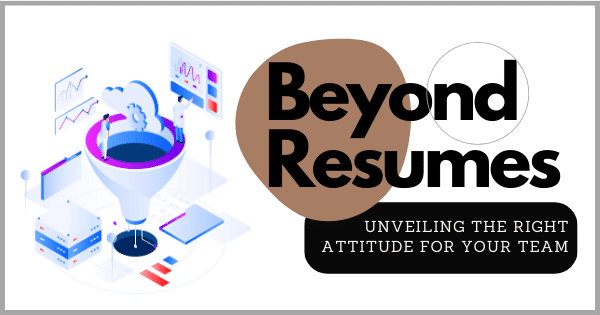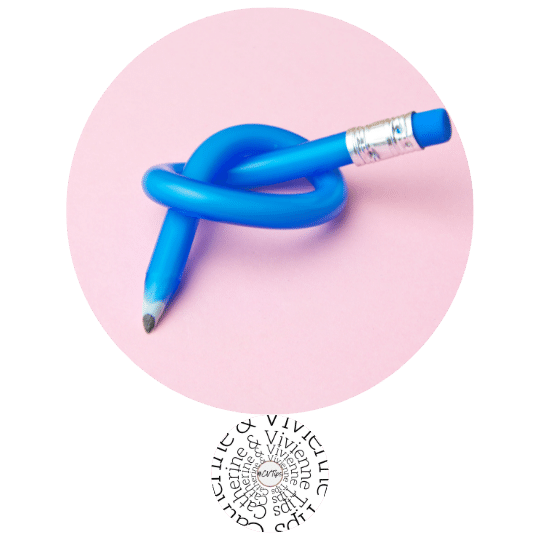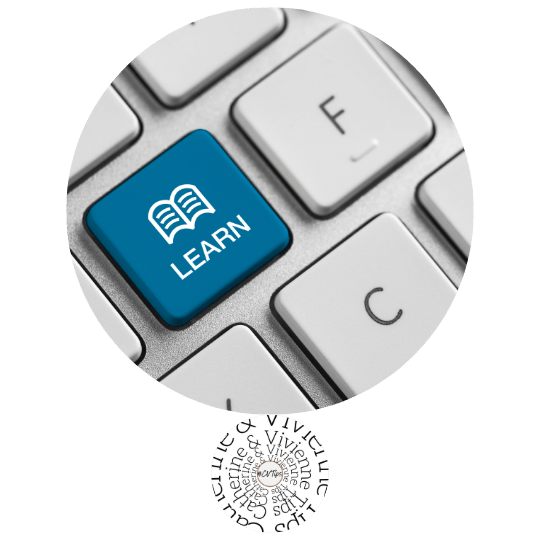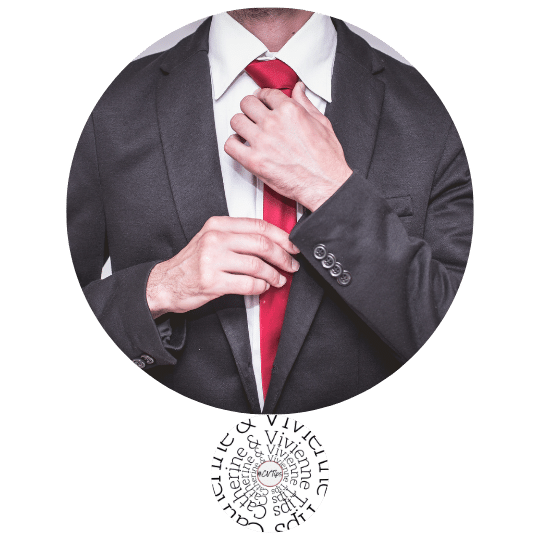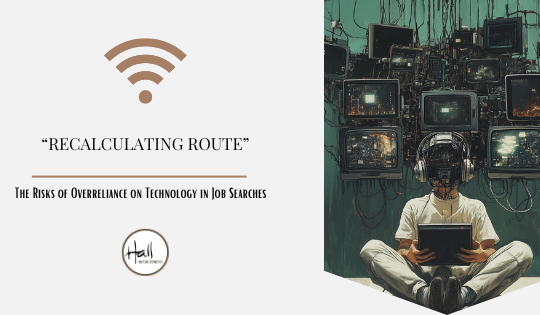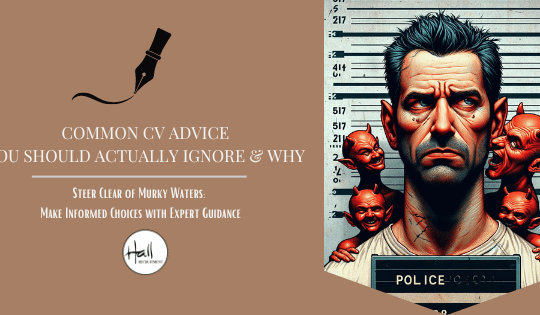Skills We’ve Lost – Lesson Six: Maintaining Professional Etiquette – Elevate Your Workplace Presence.

Maintaining Professional Etiquette: Elevate Your Workplace Presence
In the modern workplace, professional etiquette is more than just about manners; it’s about creating a respectful, efficient, and positive work environment. Maintaining professional etiquette can significantly impact your relationships with colleagues, clients, and stakeholders, as well as your overall career development. This blog post will explore the key aspects of professional etiquette, offer practical tips for improving your etiquette skills, and discuss the benefits of maintaining high standards of professionalism.
The Importance of Professional Etiquette
- Building Respect: Professional etiquette fosters mutual respect among colleagues and clients, creating a more harmonious work environment.
- Enhancing Communication: Proper etiquette ensures clear, respectful, and effective communication, reducing misunderstandings and conflicts.
- Projecting a Professional Image: Adhering to etiquette standards helps you present yourself as competent, reliable, and respectful, which can enhance your career prospects.
- Creating a Positive Work Environment: Good manners and respectful behaviour contribute to a positive and productive workplace culture.
Key Aspects of Professional Etiquette
- Dress Code
- Follow Company Guidelines: Adhere to your company’s dress code policy, whether it’s formal, business casual, or casual.
- Dress Appropriately for the Occasion: Dress suitably for meetings, presentations, and events to convey professionalism and respect.
- Maintain Grooming Standards: Ensure personal hygiene and grooming are maintained to present a neat and professional appearance.
- Meeting Manners
- Be Punctual: Arrive on time for meetings and appointments to show respect for others’ time.
- Prepare in Advance: Come to meetings prepared with the necessary documents and information.
- Engage Actively: Participate actively in meetings by listening attentively, contributing ideas, and respecting others’ viewpoints.
- Follow Up: Send a summary or thank-you email after meetings to confirm understanding and show appreciation.
- Telephone Etiquette
- Answer Promptly: Answer calls within a few rings to demonstrate attentiveness.
- Introduce Yourself: Start with a polite greeting and introduce yourself and your organisation.
- Speak Clearly: Use a friendly and professional tone, speaking clearly and at a moderate pace.
- Listen Actively: Pay attention to the caller, take notes if necessary, and respond appropriately.
- End Politely: Close the call with a polite farewell, thanking the caller for their time.
- Email Etiquette
- Use a Professional Tone: Maintain a polite and respectful tone in all email communications.
- Be Concise: Keep emails clear and to the point, focusing on the main message.
- Proofread: Always proofread emails for spelling, grammar, and clarity before sending.
- Use Appropriate Salutations and Closings: Start with a polite greeting and end with a professional closing.
- Workplace Behaviour
- Respect Personal Space: Be mindful of colleagues’ personal space and boundaries.
- Practice Good Listening Skills: Listen to others without interrupting and show genuine interest in their perspectives.
- Be Courteous: Use polite language, say “please” and “thank you,” and show appreciation for others’ contributions.
- Manage Conflict Professionally: Address conflicts calmly and respectfully, seeking to understand and resolve issues constructively.
Practical Test: Professional Etiquette Exercise
To improve your professional etiquette skills, try the following exercise:
- Dress Code Review: Review your company’s dress code policy and assess your wardrobe to ensure it aligns with the guidelines.
- Meeting Preparation: Prepare for an upcoming meeting by gathering all necessary materials, arriving on time, and actively participating.
- Telephone Practice: Role-play a professional phone call with a colleague or friend, focusing on clear communication and active listening.
- Email Audit: Review recent emails you’ve sent and identify areas for improvement in tone, clarity, and structure.
- Workplace Scenarios: Reflect on recent workplace interactions and consider how you can apply better etiquette practices in similar situations.
Real-Life Modern Workplace Examples
- Client Meetings: Demonstrating proper etiquette in client meetings, such as punctuality, active listening, and follow-up communication, can strengthen client relationships and build trust.
- Team Collaboration: Maintaining professional etiquette with team members, such as respecting personal space and practicing good listening skills, fosters a positive and collaborative work environment.
- Leadership: Leaders who model professional etiquette set a standard for their teams, promoting a culture of respect and professionalism.
- Conflict Resolution: Addressing conflicts with a focus on understanding and respectful dialogue can lead to more effective and lasting resolutions.
Benefits of Maintaining Professional Etiquette
- Enhanced Professional Image: Adhering to professional etiquette helps you present yourself as competent and respectful, positively impacting your reputation and career prospects.
- Improved Relationships: Good manners and respectful behaviour strengthen relationships with colleagues, clients, and stakeholders.
- Increased Productivity: A positive work environment created by good etiquette practices can lead to higher morale and increased productivity.
- Career Advancement: Demonstrating professionalism and respect in all interactions can open doors to new opportunities and career growth.
Maintaining professional etiquette is essential for creating a respectful, efficient, and positive workplace. By following the guidelines and practicing the techniques outlined in this post, you can improve your interactions with colleagues, clients, and stakeholders, and enhance your professional presence. Stay tuned for the next post in our series, where we will explore the evolving role of a secretary in the modern office and how traditional skills can be integrated with modern tools.
Elevate your workplace presence today by mastering the art of professional etiquette and watch your career flourish!
